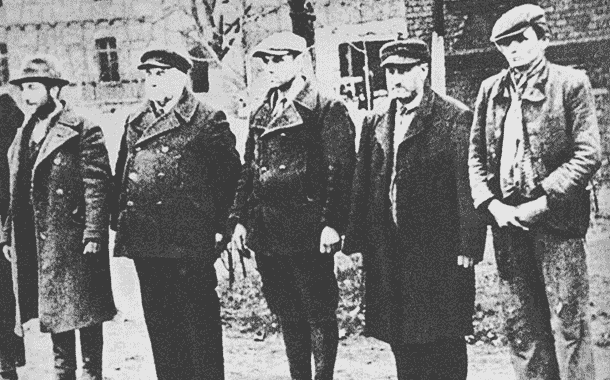<![CDATA[Around 280 bodies have been discovered in a dig behind a prison in Bialystok by Polish authorities. This discovery offers a bleak reminder of a range of agonizing times during the early twentieth century. According to a New York Times report, the location was a death field, not a burial ground. Many of the dead in the Bialystok area were killed under Soviet or Nazi control and the rest were victims of Poland's surreptitious police forces. The unearthing of the remains of the bodies brings the rarely discussed history of the locality to light. In 1939, during Soviet occupation, there were massacres of prisoners; then, the Nazis killed around six thousand locals. After the Second World War, the communist government of Poland gave out a minimum of 250 death sentences. Local sociologist Maciej Bialous has conducted research on the attitudes of the people living in Bialystok now. He said that some people simply don't know what occurred here in World War Two and afterwards, others simply don't care while many just want to forget it. Some people just feel that not talking about these matters is safer for them. Since the existence of the bodies has been discovered by Marcin Zwolski, a historian from Poland's Institute of National Remembrance, he and his team have received threats, and bricks through their windows. The discovery was the result of Zwolski's ten year research on the history of Bialystok and nearby areas. The historian mentioned that many people are concerned about what might be revealed about their families and neighbours, hence their hostile actions. The team working on the project has identified around forty bodies. Mr. Ossowski explained that sometime in the mid-1950s, the killings moved indoors, to the underground room of the prison's administrative building. This may have happened because new high-rise buildings afforded a vision of the garden where the killings used to take place. There are other secret caches of bodies across Poland, including a few sites close to Bialystok. The level of ferocity and amount of bodies that have been unearthed elsewhere however, are nowhere near what is now being uncovered at the Bialystok Detention Centre. The Detention Centre was built in 1912 by the Russian Czar and is still in use, with 680 prisoners currently serving their terms on many different charges. Coming at a time when throughout Europe extremist ideologists are on the rise, many experts worry that the far-right parties of Poland may want to make use of the remains recently discovered here to stir nationalist emotions among Poles. Already some far-right leaders have started talking about 'forsaken solders'. ]]>
Barbarous Past of Poland Unearthed in Bialystok
